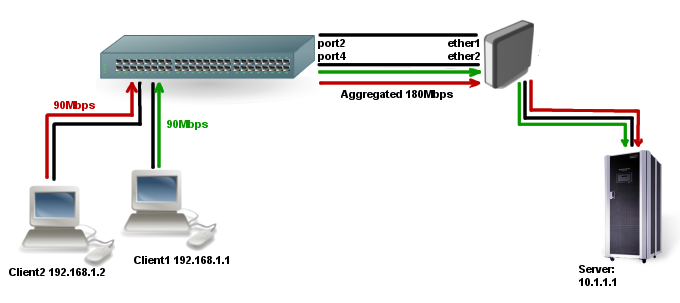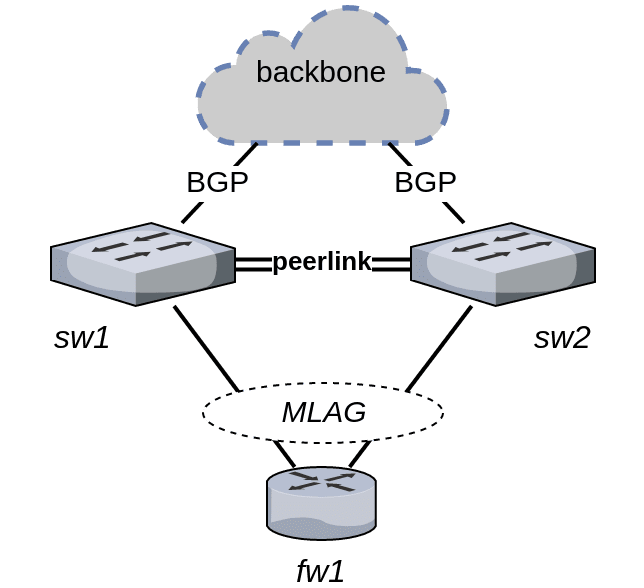
Even better would be Zerotier supporting FULL load balancing. When that doesnt work well enough (it handles lengthy failover events much better than shakiness on the ISP line), I can simply bond the two connections on my desktop with Speedify, although that doesnt help other network users naturally. Let us assume that we have two Ethernet interfaces on each router (SW1 and SW2) and want to get the maximum data rate between these two routers. Route your static IP (v4 and/or v6) over Zerotier and happy days. Bonding is a technology that allows the aggregation of multiple ethernet-like interfaces into a single virtual link, thus getting higher data rates and providing failover. Another option would be to have Zerotier on your Mikrotik, then speedily in front.
SPEEDIFY BONDING MIKROTIK INSTALL
Ideally, if they offered the software for you to install on your instance and added IPv6 support, with, maybe, the option of routing IPs through the network, that would be handy. You can get a "Dedicated Server", which looks to be a VPS, for around 120 per month extra, which is also limited to 1Gb/s and has a 3TB bandwidth cap but does support static IPs and port forwarding. This is an OpenWRT image built around speedify, Bonding is done via a TCP. With the standard package, there is no port forwarding, no IPv6 (from the last time I checked) and the max speed is a 1Gb link shared with other users. Deploy OpenWRT on a Mikrotik to achieve SpaceX Starlink + bonded DSL backup.

Whatever you hand off to will have an internal IP, and even the NUC on the Speedify side has an internal IP.

So, I did this as a test using an Intel NUC with a couple of 4G and 5G links, and it "works" in that you have an internet connection.

If I could put this INFRONT of my routers.


 0 kommentar(er)
0 kommentar(er)
